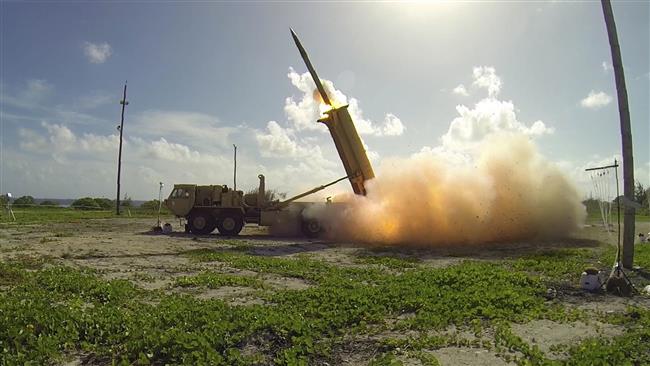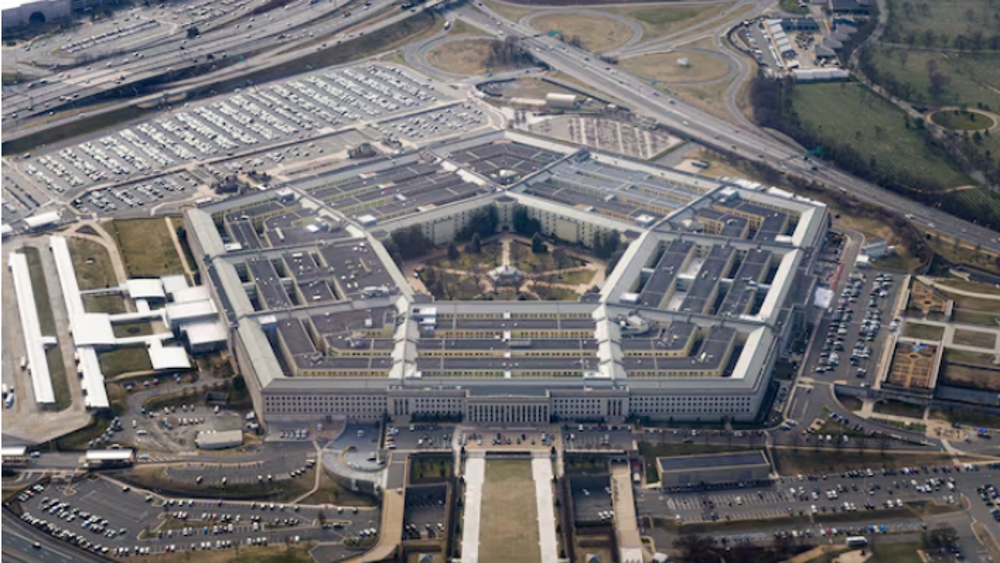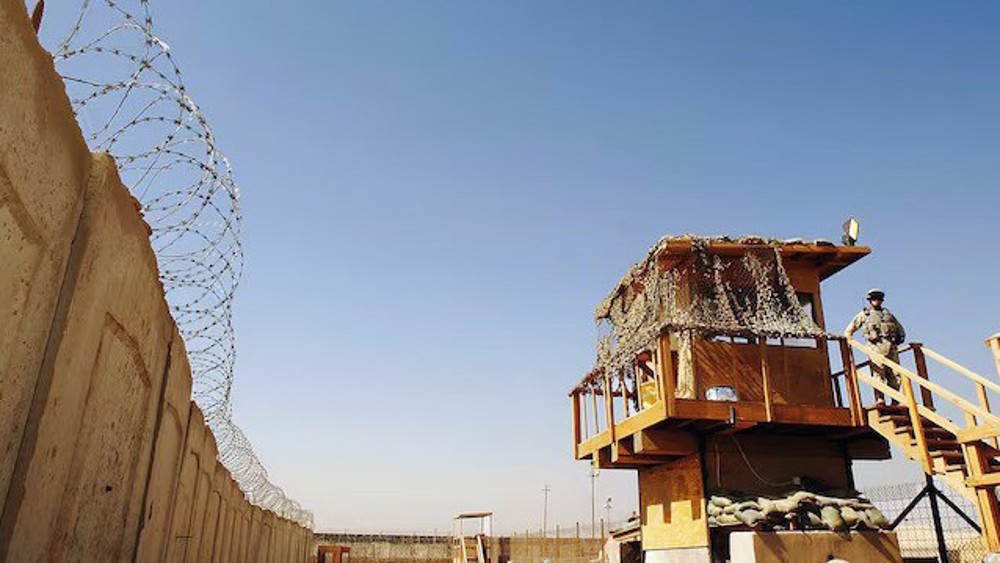THAAD missile defense system operational in S Korea
The US controversial missile defense system, known as THAAD, has become operational in South Korea, despite China’s criticism.
The Terminal High Altitude Area Defense (THAAD) “has reached initial intercept capability," a US official told AFP on condition of anonymity on Monday.
In July last year, Washington and Seoul agreed to the battery deployment in the wake of missile tests by North Korea, deemed to be threatening by the West.
Tensions with North Korea and the US have soared in recent weeks. Washington has repeatedly warned that "all options are on the table" regarding Pyongyang.
Washington has voiced commitment to the Status of Forces Agreement, under which Seoul would only provide location and infrastructure for THAAD.
Last week, however, Trump suggested that Seoul should pay for the system.
The US missile system, installed in Seongju, in South Korea’s North Gyeongsang Province, has been designed to intercept ballistic missiles inside or just outside the atmosphere during their final phase of flight.
Other hardware and components are supposed to be added to the system later this year, so as to boost its initial capability.
Russia and China have expressed deep concern over the controversial deployment of the American missile system on the Korean Peninsula, with Chinese officials arguing that the US system would interfere with their radars and could pose a threat to Chinese security.
Nov. 16: ‘Axis of Resistance’ operations against Israeli occupation
Yemen stages drone strike against Eilat in fresh anti-Israeli operation
Hezbollah conducts successful operations against five major Israeli bases in Haifa
Israel aware of consequences of attacking Iran’s nuclear sites: FM
Iran says it hit record daily gas production in South Pars
Iran’s envoy to Iraq: Israel root cause of insecurity in West Asia
1.2 million Palestinians left without clean water in south Gaza
VIDEO | Allameh Tabataba’i remembered as pioneer of Iran’s philosophy, culture










 This makes it easy to access the Press TV website
This makes it easy to access the Press TV website